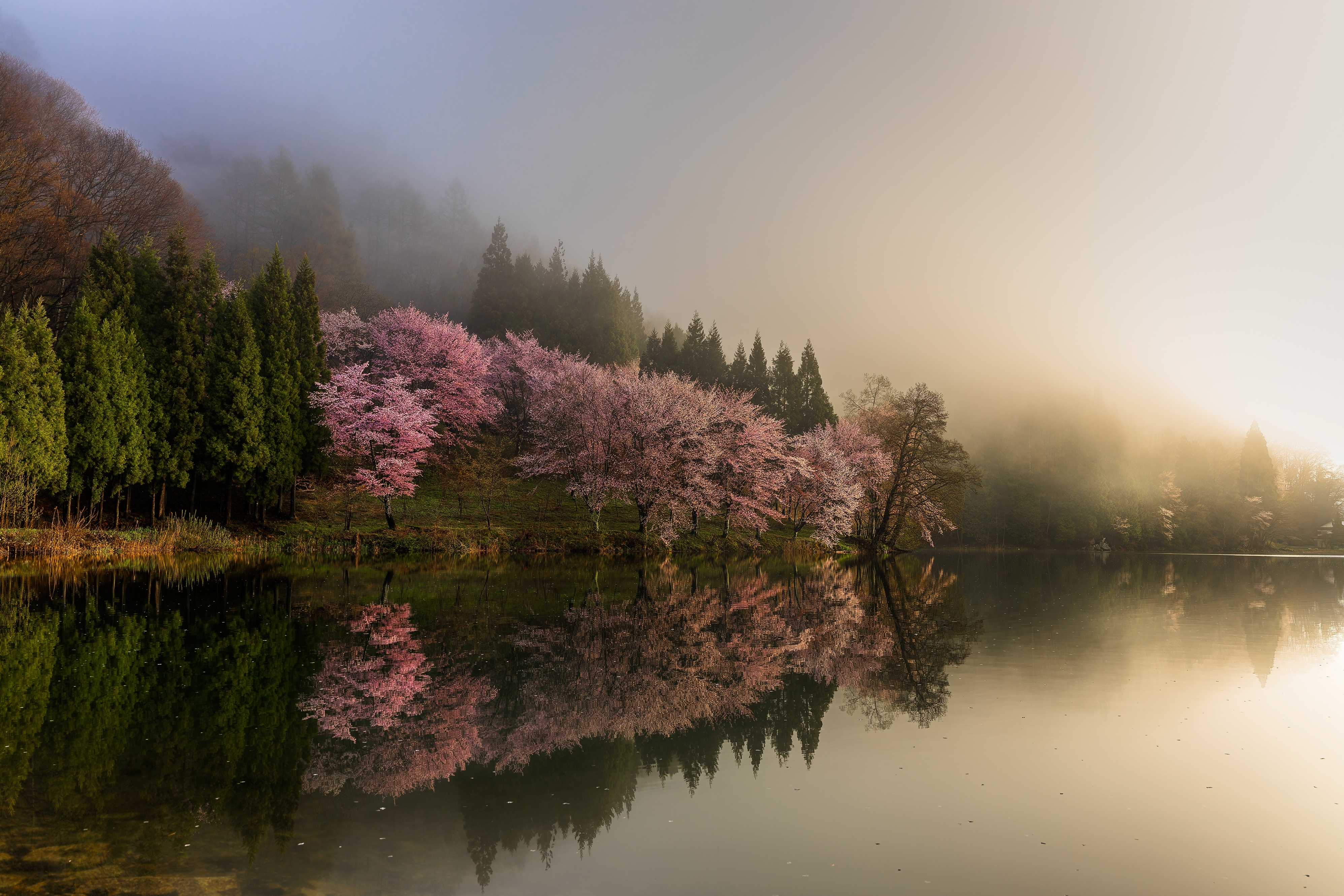“Coloring in buildings forced me to explore the photograph and the city with a depth I’ve never experienced before”
The Art of Seeing #40: A mindful exercise in hand-coloring helps Benedict Brain engage with photographs in a completely different way

In an earlier column, I shared a circular image of the Tokyo skyline, taken from the top of the Tokyo Skytree in 2016. Several weeks later I was experimenting with an iPad Pro and Apple Pencil, and seeing how I could integrate them into my workflow. I grabbed the circular Tokyo image as it was near the top of the Recent Images folder: I simply needed an image to practise painting on with the brush tools. Using the Color Blending Mode, I started coloring in Tokyo as if it was tinted like an old photograph.
Being able to zoom in and out with simple finger gestures was an effortlessly joyful creative process. It soon became meditative, and I can understand why the coloring-in books for mindfulness that were the craze a few years ago were so popular. It was therapeutic. Zooming out to see the enormity of the Tokyo skyline revealed just how much there was to color in, but it was an enjoyable process, so I decided to continue and commit to coloring in the whole city.
Zooming and panning to color in buildings, windows, balconies, fire escapes, air-conditioning vents and so on forced me to explore the city and the photograph with a depth I’ve never really experienced before. It was a really interesting way to spend a lot of time with a photograph – and the more time I spent in this ‘space’, the more intimate it became. I started to get to know the city and explore it in an exciting way. It also stimulated my imagination, and I was soon imagining stories from the little vignettes on my screen.
I decided to take snapshots of these little vignettes and represent them as single images in their own right. This image is one of about 30. These are extreme crops, and I wanted to make A2 prints, so I decided to commit to the rough and ready vibe and exaggerated this in Camera Raw: rather than trying to get rid of artifacts and grain, I amplified them. I added more grain, to make the images really gritty, contrasting, edgy and garishly colorful.
While they look great as A2 prints, I am planning to make them into a small 32-page ’zine in the spirit of the old fanzines – full-bleed with a homemade gritty aesthetic, which I think will suit the set of pictures and imagined stories.
• Other articles in the Art of Seeing series
Read more:
• The 50 best photographers ever
• 100 best photography quotes from famous photographers
• The best coffee-table books on photography
The best camera deals, reviews, product advice, and unmissable photography news, direct to your inbox!
Benedict Brain is a UK based photographer, journalist and artist. He graduated with a degree in photography from the Derby School of Art in 1991 (now University of Derby), where he was tutored and inspired by photographers John Blakemore and Olivier Richon, amongst others. He is an Associate of the Royal Photographic Society and also sits on the society’s Distinctions Advisory Panel.
Until July 2018 Benedict was editor of Britain’s best-selling consumer photography magazine, Digital Camera Magazine. As a journalist he met and interviewed some of the world’s greatest photographers and produced articles on a wide range of photography related topics, presented technique videos, wrote in-depth features, curated and edited best-in-class content for a range of titles including; Amateur Photographer, PhotoPlus, N-Photo, Professional Photography and Practical Photoshop. He currently writes a regular column, The Art of Seeing, for Digital Camera magazine.

